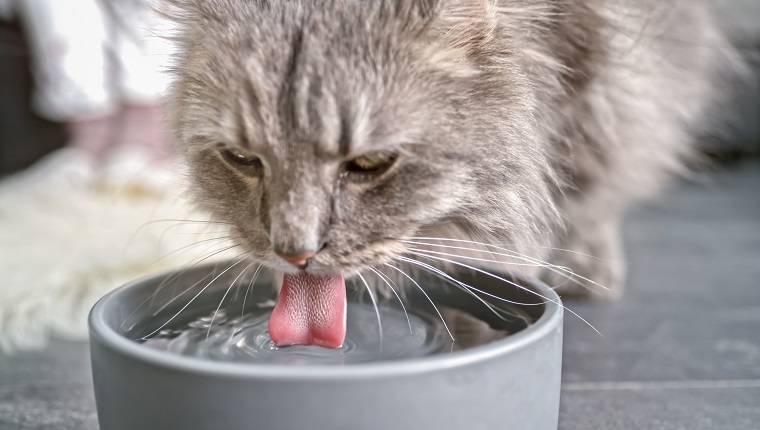Diabetes insipidus in cats, also sometimes referred to as water diabetes, is a medical condition that can cause a cat to need to both urinate and drink more water than usual. It may be quite a rare condition, but it can also result in dehydration and, in some cases, become fatal.
There are two forms of this type of diabetes. Central Diabetes Insipidus happens when a…









